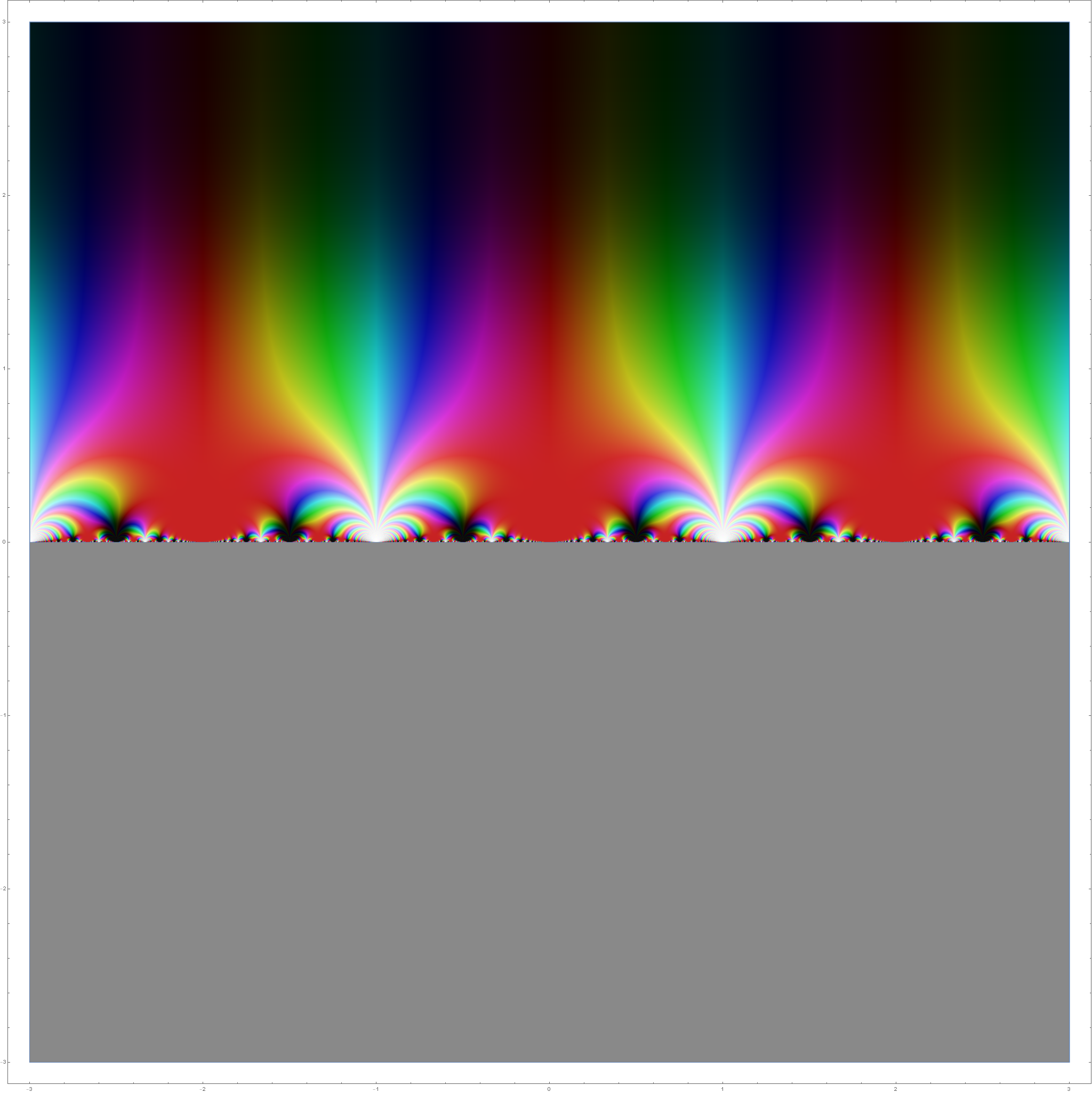Elliptic Modulus on:
[Wikipedia]
[Google]
[Amazon]

In
mathematics
Mathematics is an area of knowledge that includes the topics of numbers, formulas and related structures, shapes and the spaces in which they are contained, and quantities and their changes. These topics are represented in modern mathematics ...
, the modular lambda function λ(τ)
[modular function
In mathematics, a modular form is a (complex) analytic function on the upper half-plane satisfying a certain kind of functional equation with respect to the group action of the modular group, and also satisfying a growth condition. The theory of ...]
(per the Wikipedia definition), but every modular function is a
rational function
In mathematics, a rational function is any function that can be defined by a rational fraction, which is an algebraic fraction such that both the numerator and the denominator are polynomials. The coefficients of the polynomials need not be rat ...
in
. Some authors use a non-equivalent definition of "modular functions". is a highly symmetric holomorphic function on the complex
upper half-plane
In mathematics, the upper half-plane, \,\mathcal\,, is the set of points in the Cartesian plane with > 0.
Complex plane
Mathematicians sometimes identify the Cartesian plane with the complex plane, and then the upper half-plane corresponds to ...
. It is invariant under the fractional linear action of the
congruence group Γ(2), and generates the function field of the corresponding quotient, i.e., it is a Hauptmodul for the
modular curve
In number theory and algebraic geometry, a modular curve ''Y''(Γ) is a Riemann surface, or the corresponding algebraic curve, constructed as a quotient of the complex upper half-plane H by the action of a congruence subgroup Γ of the modular ...
''X''(2). Over any point τ, its value can be described as a
cross ratio
In geometry, the cross-ratio, also called the double ratio and anharmonic ratio, is a number associated with a list of four collinear points, particularly points on a projective line. Given four points ''A'', ''B'', ''C'' and ''D'' on a line, the ...
of the branch points of a ramified double cover of the projective line by the
elliptic curve
In mathematics, an elliptic curve is a smooth, projective, algebraic curve of genus one, on which there is a specified point . An elliptic curve is defined over a field and describes points in , the Cartesian product of with itself. If ...
, where the map is defined as the quotient by the
minus;1involution.
The q-expansion, where
is the
nome, is given by:
:
.
By symmetrizing the lambda function under the canonical action of the symmetric group ''S''
3 on ''X''(2), and then normalizing suitably, one obtains a function on the upper half-plane that is invariant under the full modular group
, and it is in fact Klein's modular
j-invariant
In mathematics, Felix Klein's -invariant or function, regarded as a function of a Complex analysis, complex variable , is a modular function of weight zero for defined on the upper half-plane of complex numbers. It is the unique such funct ...
.

Modular properties
The function
is invariant under the group generated by
[Chandrasekharan (1985) p.115]
:
The generators of the modular group act by
[Chandrasekharan (1985) p.109]
:
:
Consequently, the action of the modular group on
is that of the
anharmonic group, giving the six values of the
cross-ratio
In geometry, the cross-ratio, also called the double ratio and anharmonic ratio, is a number associated with a list of four collinear points, particularly points on a projective line. Given four points ''A'', ''B'', ''C'' and ''D'' on a line, th ...
:
[Chandrasekharan (1985) p.110]
:
Relations to other functions
It is the
square
In Euclidean geometry, a square is a regular quadrilateral, which means that it has four equal sides and four equal angles (90-degree angles, π/2 radian angles, or right angles). It can also be defined as a rectangle with two equal-length adj ...
of the elliptic modulus,
[Chandrasekharan (1985) p.108] that is,
. In terms of the
Dedekind eta function
In mathematics, the Dedekind eta function, named after Richard Dedekind, is a modular form of weight 1/2 and is a function defined on the upper half-plane of complex numbers, where the imaginary part is positive. It also occurs in bosonic string t ...
and
theta function
In mathematics, theta functions are special functions of several complex variables. They show up in many topics, including Abelian varieties, moduli spaces, quadratic forms, and solitons. As Grassmann algebras, they appear in quantum field ...
s,
[
:
and,
:
where][Chandrasekharan (1985) p.63]
:
:
:
In terms of the half-periods of Weierstrass's elliptic functions
In mathematics, the Weierstrass elliptic functions are elliptic functions that take a particularly simple form. They are named for Karl Weierstrass. This class of functions are also referred to as ℘-functions and they are usually denoted by t ...
, let
 In
In 
 In
In